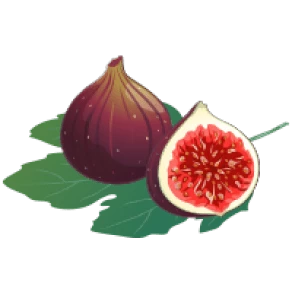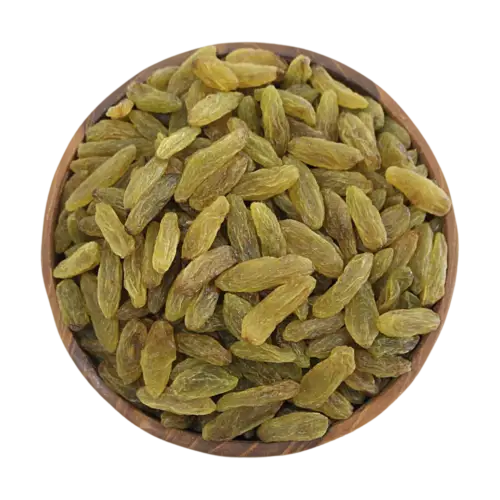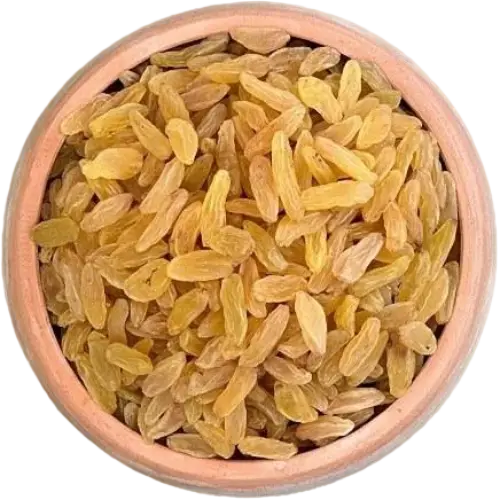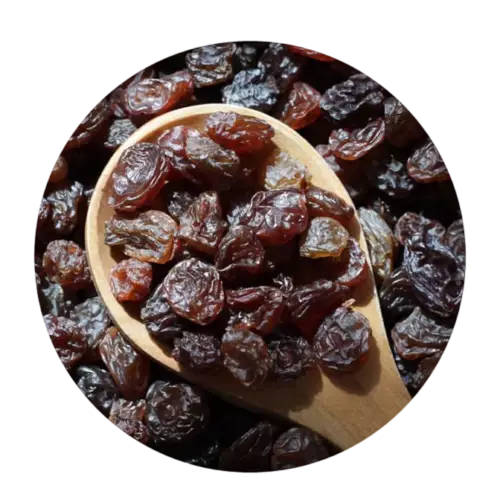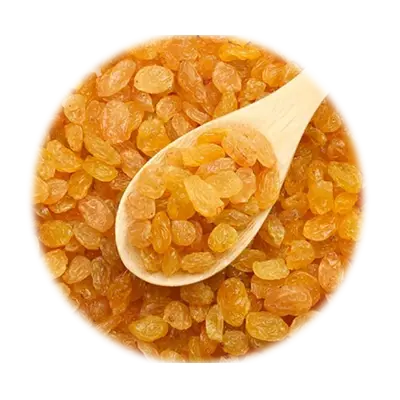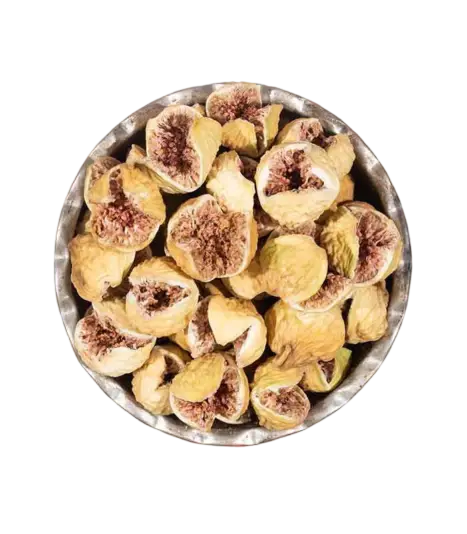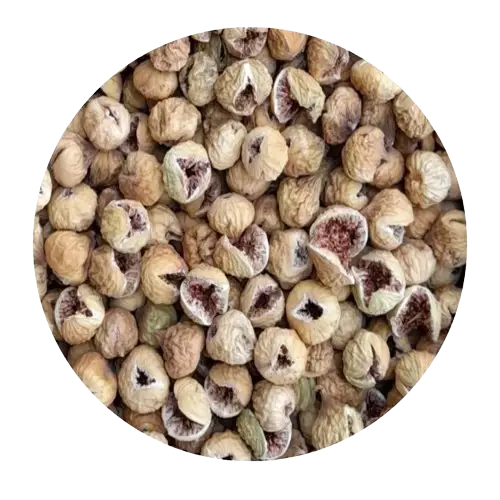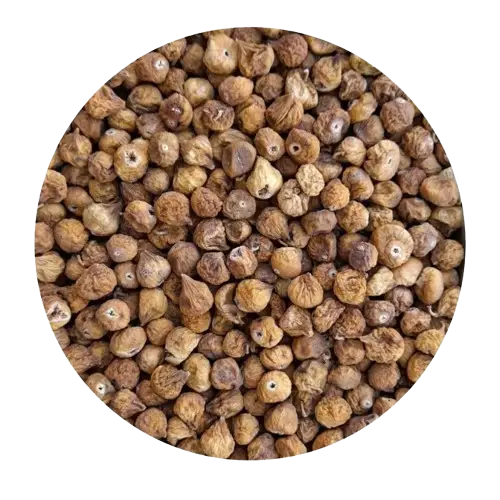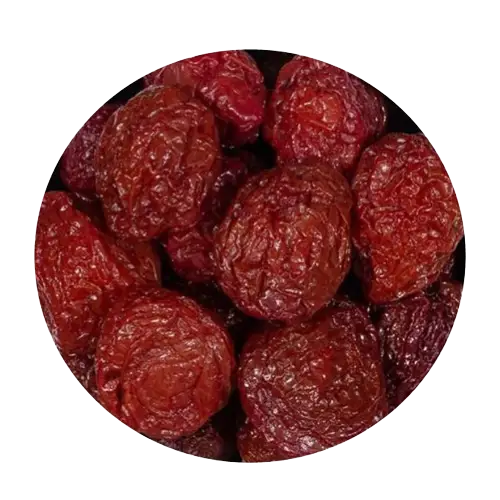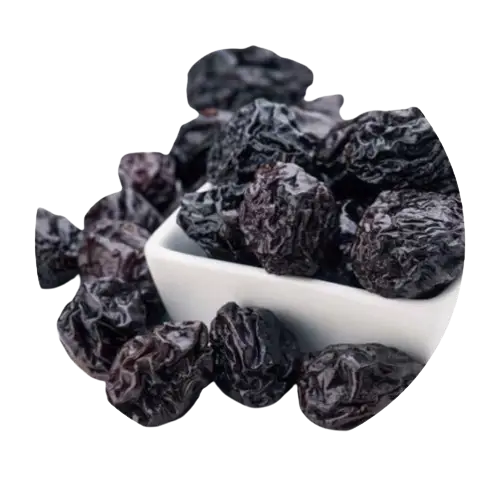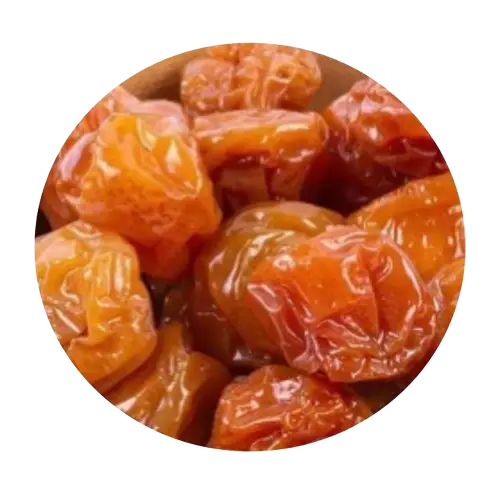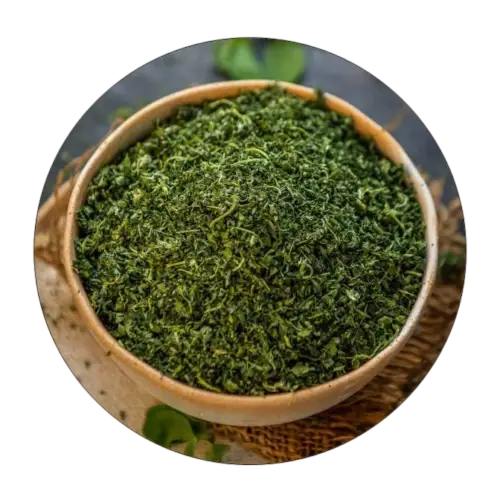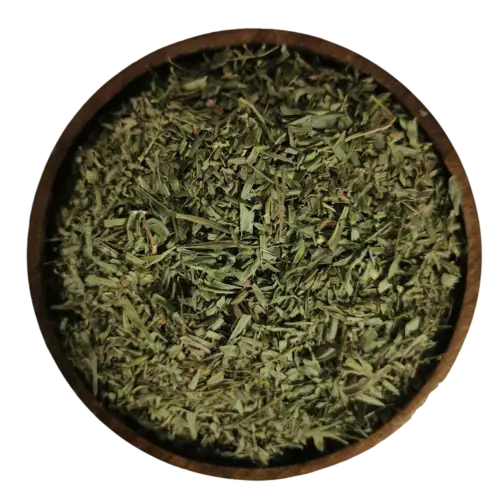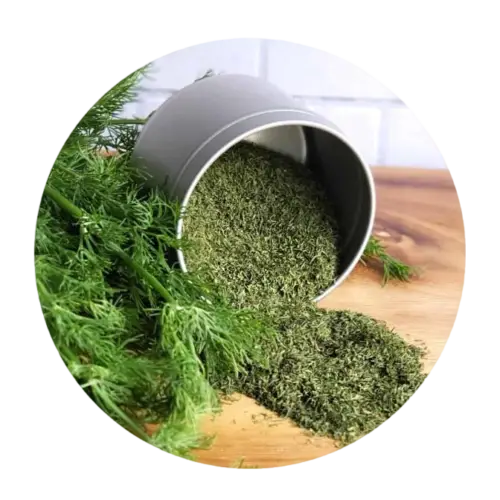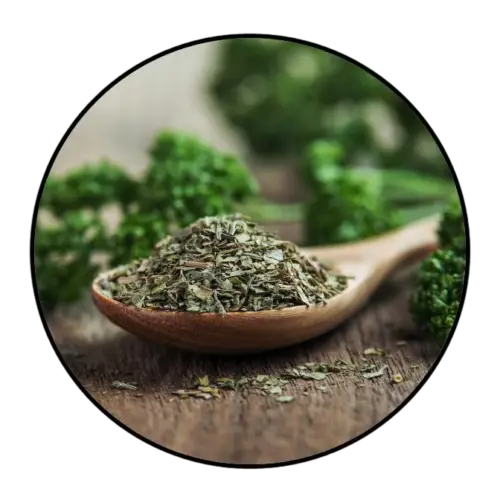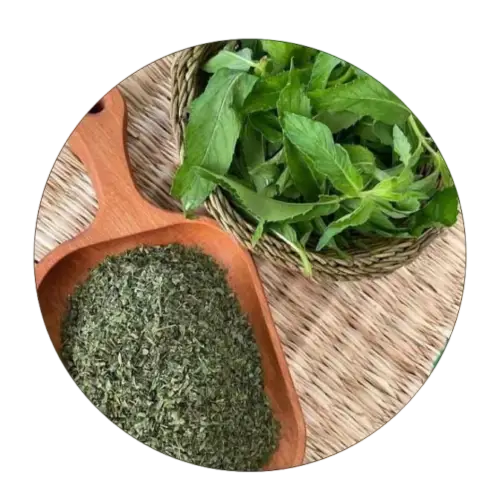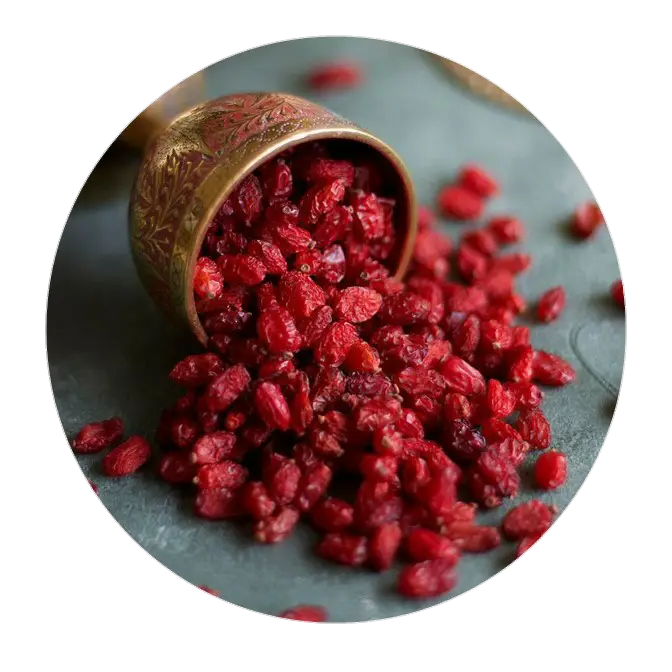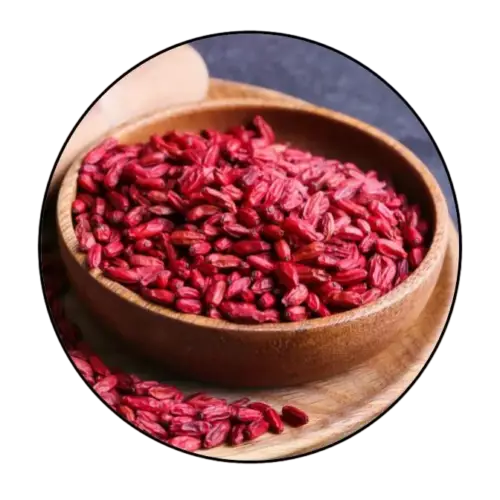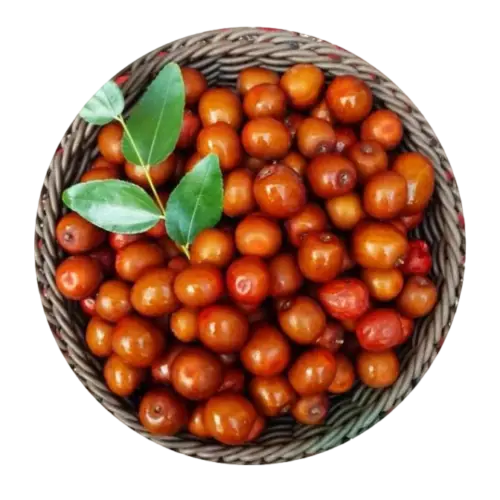Malayer Raisin
Malayer raisin is prepared and processed similar to Sultana Raisin, with the difference that Malayer raisin has a lighter color than Sultana raisin. This product is produced in Malayer city of Hamadan province. It should be noted that the sugar content of the Malayer raisin is lower than that of the Sultana raisin, that is why it is less sweet. Malayer city in Hamadan province has the largest production of Malayer raisins. In order to prepare Malayer Raisin for export to different countries, triple washing processes, laser sorting by advanced and updated devices, passing the products through a metal detector are done. Also, the final sorting is done by human power in completely hygienic conditions. All chemical and microbiological tests are carried out in an advanced laboratory in order to match the quality of Malayer Raisin with global standards.
Product Classification:
Malayer Raisin Classification | |
Classification | Quantity per 100 grams |
Large | Less than 300 |
Medium | 301 to 360 pieces |
Small | More than 360 |
Product Technical Specifications:
Malayer Raisin Technical Specifications Measurement Limit | |||
1 | Taste and Smell | - | Natural |
2 | Impurity | - | Negative |
3 | The Effect of Mold | - | Negative |
4 | Insect Damage | - | Negative |
5 | Foreign Material | - | Negative |
6 | Pest Infestation | - | Negative |
7 | The Remaining Amount of Sulfur Dioxide in Terms of SO2 | Weight percentage | Max 0.1 |
8 | Moisture | Weight percentage | Max 12 |
9 | Unripe Raisins | Weight percentage | Max 1 |
10 | Damaged Raisin | Weight percentage | Max 1 |
11 | Sugared Raisin | Weight percentage | Max 0.5 |
12 | Capstems Attached | Unit percentage | Max 1 |
13 | Capstems Free | - | Negative |
14 | Mixed Type | Unit percentage | Max 1 |
15 | Size Uniformity Test: Weigh 200 grams of the sample and count the number of seeds in it, divide the total weight of the test sample (200 grams) by the total number of green raisins in 200 grams, to get the average weight of the seeds. Get green raisins. Then, separate and weigh 5 of the smallest and 5 of the largest green raisins in 200 grams of the sample. Divide the resulting weights in each case by 5 to determine the average weight of the largest and smallest green raisins. Then compare the average weight of the smallest and largest cubes with the average weight of the cubes in 200 grams. If the difference between the average weight of the largest and smallest kernels and the average weight of the kernels is less than 0.3, the green raisin is uniform and uniform, otherwise the green raisin is non-uniform. | ||
Microbiology:
Microbiology of Malayer Raisin | ||
No. | Characteristics | Measurement Limit (CFU/g) |
1 | Total count of microorganisms | 104 |
2 | Coliforms | 102 |
3 | Mold | 5*102 |
4 | Yeast | 5*102 |
5 | Escherichia coli | Negative |
Maximum tolerated level of Aflatoxin:
Maximum tolerated level of Aflatoxin (µg/kg) | ||||
No. | Product Name | Aflatoxins | ||
B1 | Total B1+B2+G1+G2 | M1 | ||
1 | Malayer Raisin | 8 | 10 | - |
Packaging Information:
No. | Product Name | Package Type | Net weight of each package (kg) | Container Type | Number of packages per container | Net weight per container (kg) |
1 | Malayer Raisin | Carton | 5 | 20’ | 2,400 | 10,000 |
2 | Malayer Raisin | Carton | 5 | 40’ | 5,000 | 20,000 |
3 | Malayer Raisin | Carton | 10 | 20’ | 1,100 | 11,000 |
4 | Malayer Raisin | Carton | 10 | 40’ | 2,200 | 22,000 |
5 | Malayer Raisin | Carton | 12.5 | 20’ | 960 | 12,000 |
6 | Malayer Raisin | Carton | 12.5 | 40’ | 1,920 | 22,000 |
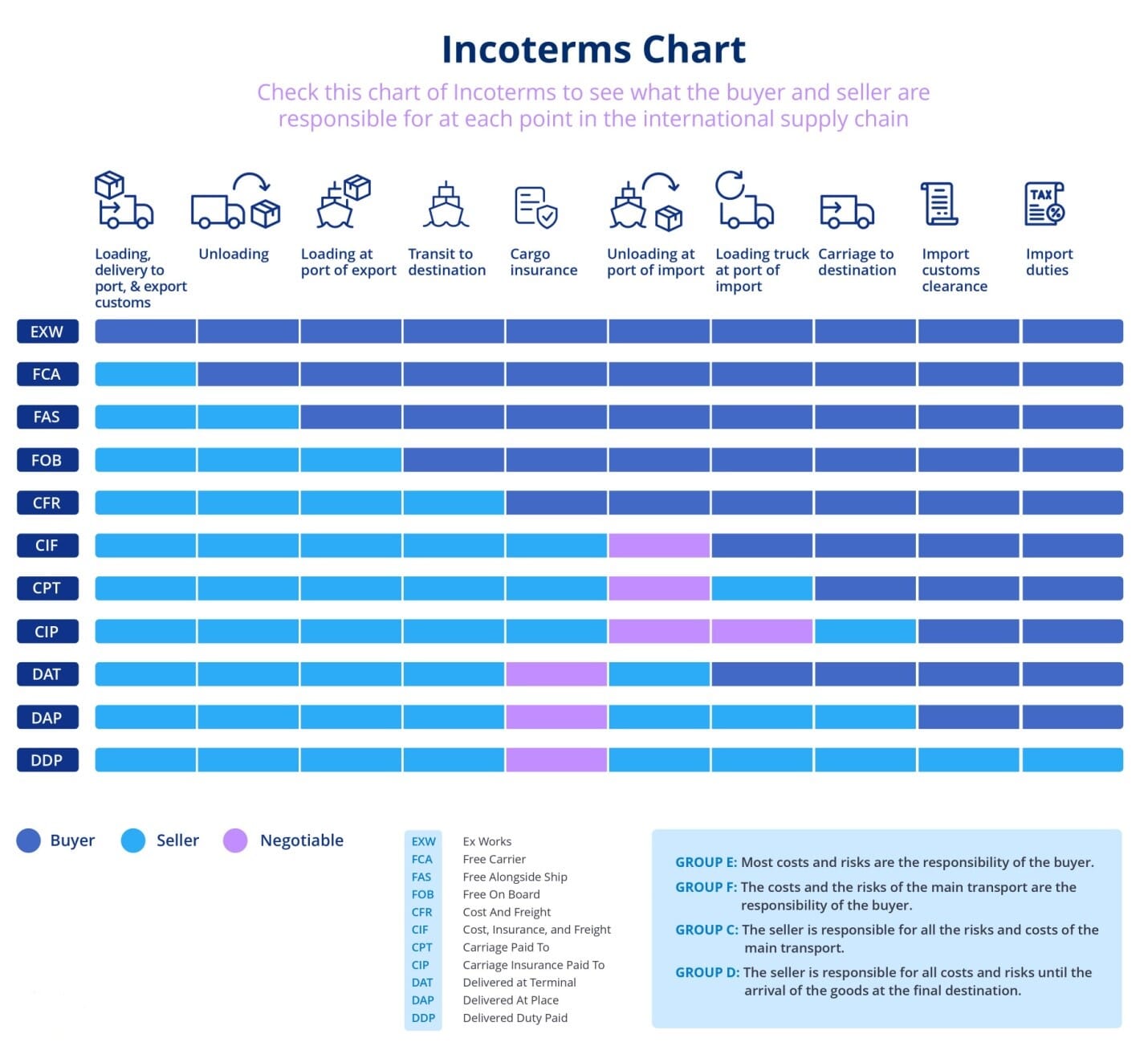
Storage Conditions: Malayer Raisin should be stored in a dry and cool place. The suitable storage temperature for storing Malayer Raisin is between 0 and 10 degrees Celsius. If stored in proper conditions, it can be stored for 12 months.
Certifications:
- Iran National Standards Organization
- Iran Plant Protection Organization
- Standard of Good Agricultural Practices
- Organic Agricultural Products Certification
- physical, chemical and microbial analyzes from the most reliable laboratories
- HACCP
- ISO
- FSSC
- IFS
- SGS
- BRC
Pesticide Residues:
The residual amount of pesticides should be according to the European standard BS:EN 15662.
Further Details 1
Ochratoxin, aflatoxin and pesticide residue tests can be performed upon the request of the buyer or destination country.
| Serving Size | 100g |
|---|---|
| Calories | 325 |
| Total Fat 0g | 0% |
| Total Carbohydrate 78g | 28% |
| Dietary Fiber 2.5g | 9% |
| Protein 2.5g | 5% |
| Iron 2.7mg | 15% |
| Calcium 50mg | 4% |
